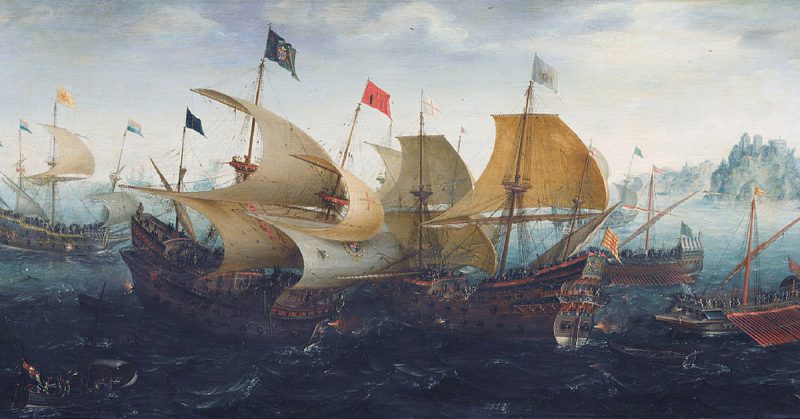On the 3rd of June, 1596, the Anglo-Dutch fleet set sail under the command of Charles Howard and Robert Devereux, the Earl of Wessex. The fleet included around 110 ships, of which 47 of these were warships.
These warships carried eight infantry regiments, around 6,450 soldiers. Their destination was the Spanish port of Cádiz, which they intended to sack while capturing of the Spanish treasure fleet.
The destruction of the Spanish Armada in 1588 was a massive defeat for the Spanish in the undeclared Anglo-Spanish war of 1585-1604, but it did not end the war or give any cause for the English to cease worrying about an impending Spanish invasion.
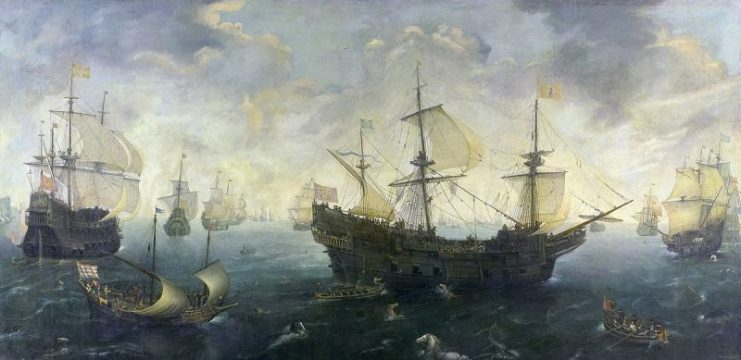
By 1596, the fear of invasion had grown to the point where there were only arguments about how the war should be pursued. The queen and her entourage preferred raids, the protection of important continental ports, and limited troop engagement in the Low Countries.
Devereux preferred that ports and cities should be captured and held, including Cádiz, where they believed the Spanish to be gathering their forces. The city was rich and a frequent host to merchant vessels and both would fatten the English coffers, while Devereux also saw its strategic value.
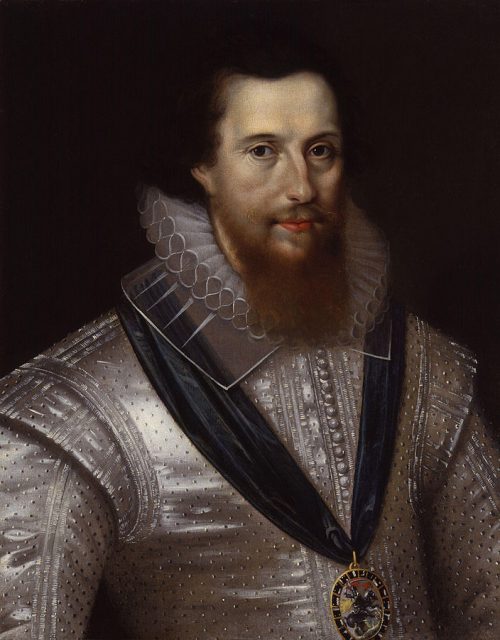
Originally spotted on the 15th of June, the Spanish reinforcements only started to reach Cádiz by the 18th of that month as the Anglo-Dutch fleet approached. That left the city with only 350 defenders, while the Spanish navy had to stretch themselves thin to man the 32 warships in port.
Devereux had some of his questions about the city answered when he captured an Irish ship leaving port. There was a huge merchant fleet inside the bay, which meant considerable spoils for English sailors.
However, the English squandered their early strategic advantage through their inability to be decisive regarding their method of attack, and that gave the Spanish the opportunity to bring in larger numbers of reinforcements.
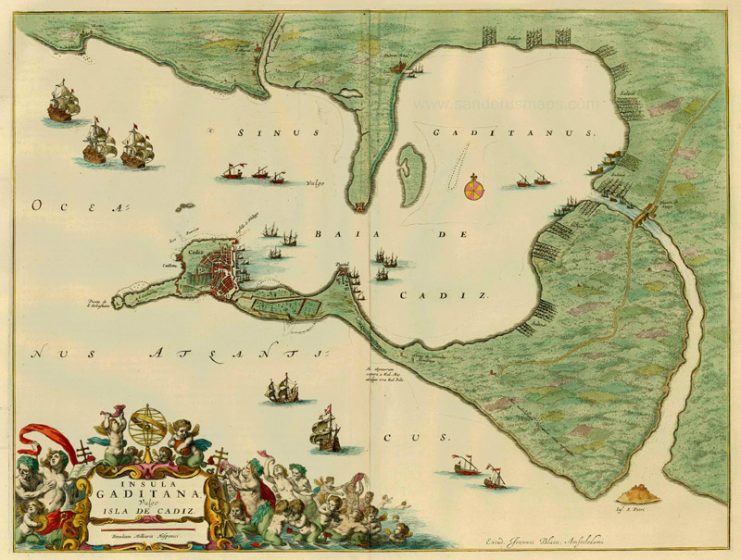
The plan was simple. The English would land their troops to capture the city. However, this was complicated by bad weather, forcing the fleet into combat with the Spanish defenders on June 21st. A number of different and often contradictory views and accounts of this particular battle have come down, making the events of the engagement difficult to parse, but what is clear is that the English guns pounded the Spanish, who finally succumbed after a continual three-hour barrage of cannon fire.
Eventually, Sir Walter Raleigh climbed aboard the San Phillipe, the Spanish flagship, effectively ending the naval battle. The official tally was that among the English there were no deaths during the exchange of fire, but there were a number of wounded, including Sir Walter Raleigh himself, who took a splinter in the leg. The Spanish, however, didn’t fare quite so well, as many men drowned trying to abandon their ships.
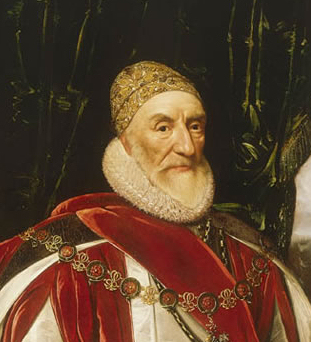
The merchant fleet was worth approximately 12 million ducats, but the focus was on Cádiz. Devereux mustered his men and hit the shores. Rather than fight on the beach, the Spanish retreated into the city, prompting Devereux to send most of his men to stall the steady stream of reinforcements, while he looked into the deeper problem of taking the city.
Devereux and his co-commander Sir Francis Vere exploited weaknesses in the city walls and descended into the streets where some of the most vicious fighting of the war took place until Howard arrived with the second wave of infantry.
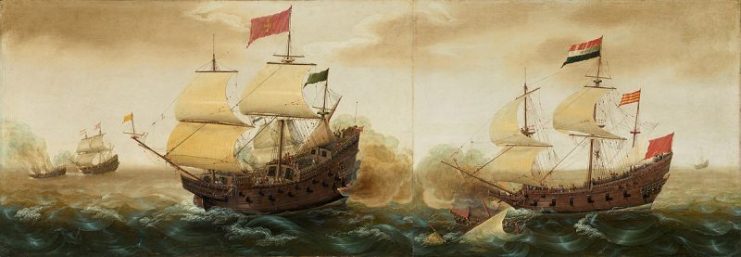
Ultimately, the decision to leave the fleet and attack the city would fall on Howard’s shoulders. Devereux had advised Howard to capture the fleet, but the point was made that the city’s reinforcements had to be stalled to ensure strategic safety. This gave the Spanish the opportunity to burn their fleet, rather than see it fall into English hands.
